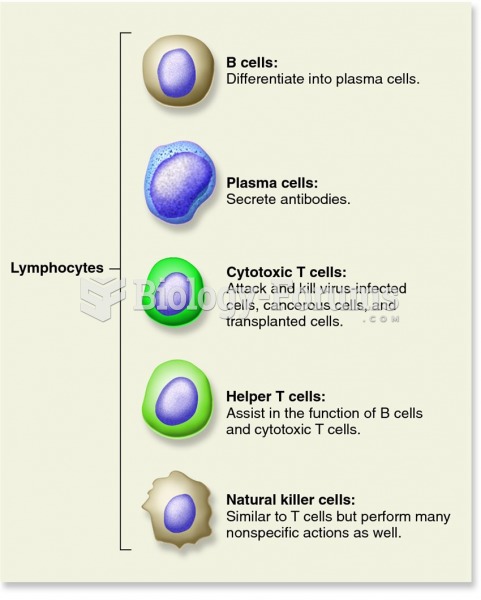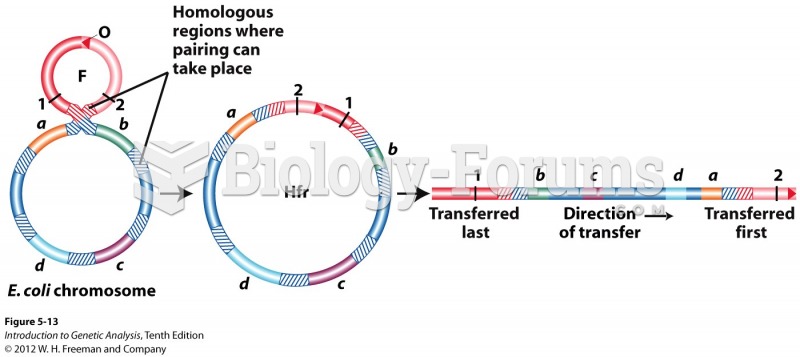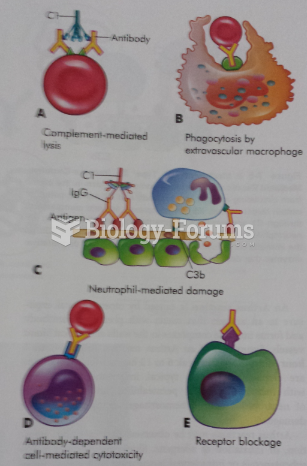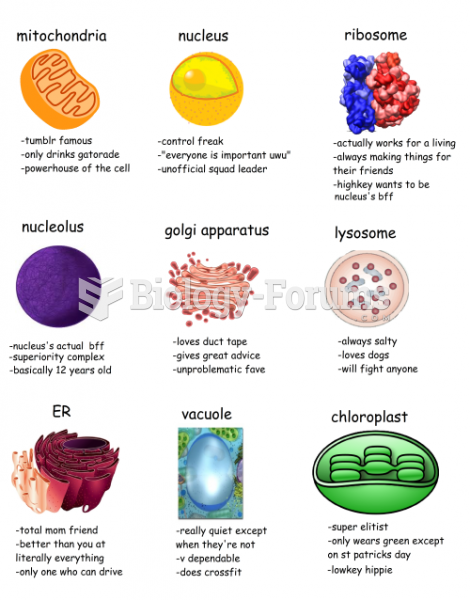For each of the following descriptions, decide which specific use of the planned ending the teacher is employing.
a. reviewing major points of teacher-centered presentation
b. providing summary of student discussion
c. allowing students to practice what they have learned
d. drawing students attention to a closing point in the lesson
e. relating lesson to original organizing concept
6. The teacher verbally reviews the three main branches of the federal government using an outline developed during the lesson.
7. After explaining the concept of division by two numbers and presenting specific examples, the teacher provides the students with problems for students to do at their seats.
8. Following a lecture on the circulatory system, the teacher reviews the major points on the overhead projector.
9. After students have discussed the possible reasons for Hamlets strange behavior the teacher summarizes all of the important points made on the chalkboard.
10. The teacher says, Before we leave this important concept, lets see if we fully understand what is happening here.
Question 2
For each of the following descriptions, decide which specific use of a planned beginning the teacher is employing.
a. focusing student attention
b. providing a structure or framework
c. aiding in clarifying goals
d. providing smooth transitions
e. evaluating learned material before the study of new material
1. The teacher introduces her unit on ecology with a film about the preservation of our natural resources.
2. The teacher initiates her lesson on subtraction by having students act out a purchase in a store.
3. The teacher uses students knowledge of simple sentences to demonstrate the structure of a compound sentence.
4. The teacher verbally reviews with the students what they should be able to do at the end of the lesson.
5. The teacher provides a worksheet to test student understanding of material covered in the past two days.







